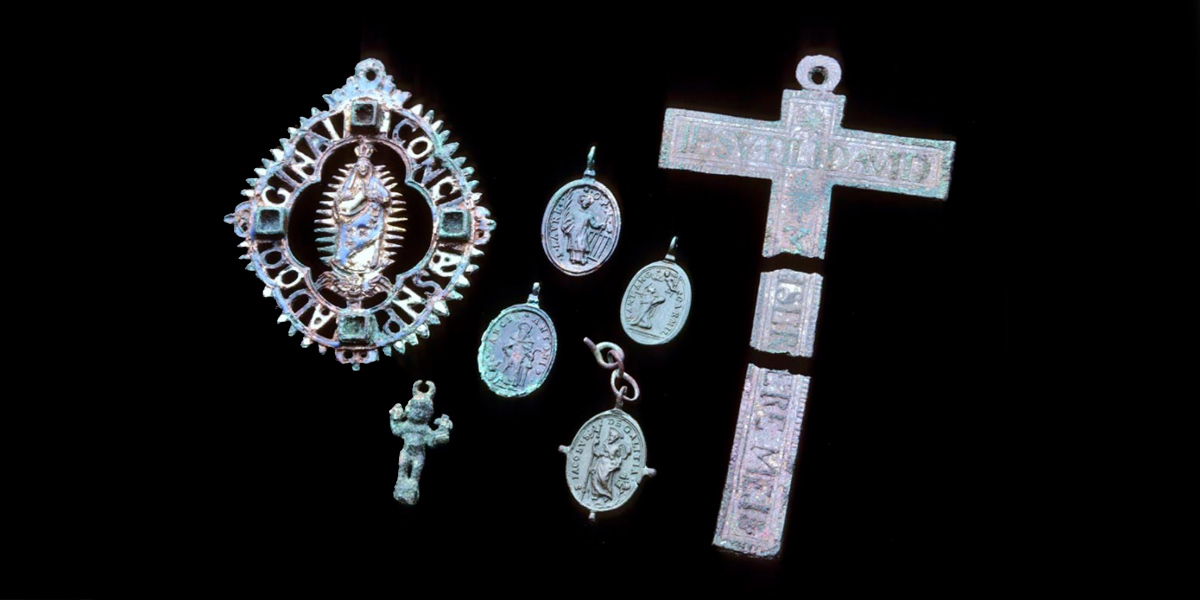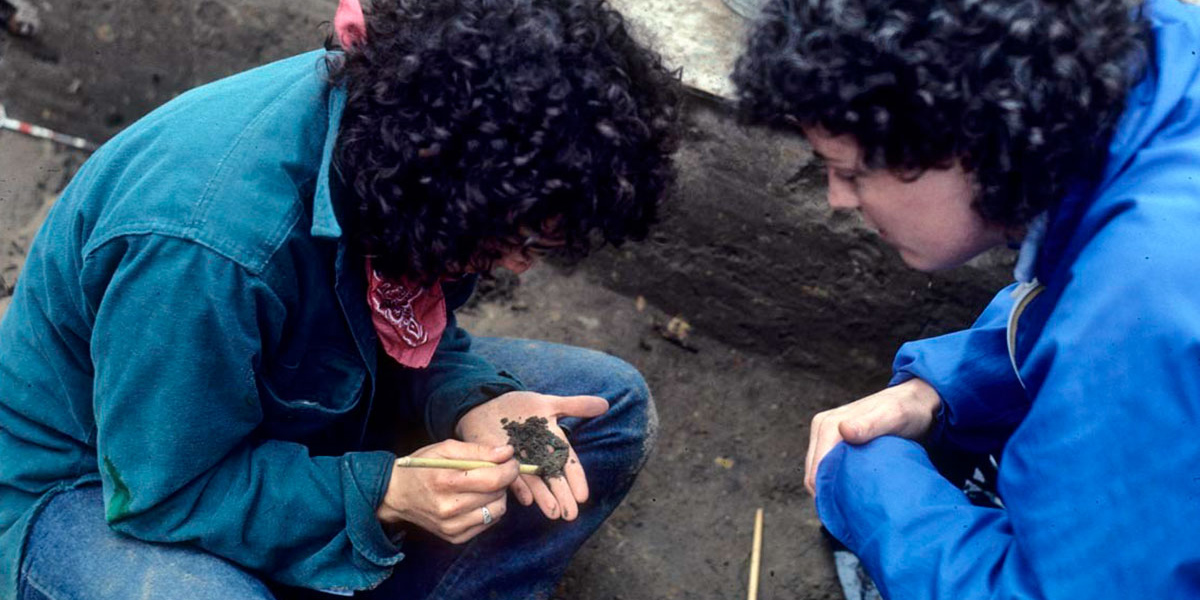Archaeologists discover over 2 million artifacts from the site where 5 Franciscan friars were martyred.
Lenten Campaign 2025
This content is free of charge, as are all our articles.
Support us with a donation that is tax-deductible and enable us to continue to reach millions of readers.
In the early 1590s, decades before the Pilgrims landed on Plymouth Rock, six Spanish Franciscan friars established a mission on a barrier island off the Georgia coast to minister to the inhabitants of that island, the Guale Indians.
The Santa Catalina de Guale mission on St. Catherine’s Island was one of the oldest Catholic church sites in North America, founded more than 150 years before St. Junipero Serra arrived in California and just a few years after the founding of the mission at St. Augustine, Florida. In spite of this distinction, its history is not well known because, for centuries, the mission site on Catherine’s Island was considered “lost.”
The story is a tragic one – in 1597 all five friars living at the mission were brutally murdered by the Guale Indians. After the friars learned the Guale language, preached the Gospel, and lived peacefully with the native population, a rebellion was sparked when Friar Pedro de Corpa refused to allow a baptized Guale man to take a second wife.
Friar Pedro was slain on September 14, 1597, and his head was displayed on a pike at the mission landing. The four other Franciscans were killed in similar fashion. They have been proposed for sainthood, and cause for their canonization is underway.
By the mid-18th century, all traces of the mission’s existence had disappeared. Some 300 years later, a team of archaeologists began to excavate the area. In addition to Indian pots and arrowheads, researchers found rosary beads and Christian medals. Excavations revealed a rectangular plaza surrounded by the mission church and friary. By 2000, when excavations ceased, archaeologists had found over 2 million artifacts at the site.

Twelve palm trees mark the spot where the mission compound once stood, and serve as a reminder of the faith and heroism of the friars.
According to the St. Catherine’s Island foundation, in less than 100 years’ time, rapidly advancing erosion may cause the site to disappear once again, and this time, for good.
Anthropologist David Hurst Thomas, who discovered the mission site and led the excavation, hopes something can be done to protect the island’s shores from the encroaching tides.

“I don’t know that we have a more important place in terms of its role in Georgia history, its role in United States history,” Thomas told GPB Media. “It’s one of the most important Spanish Colonial sites that we have and it would just be a shame to lose it.”








